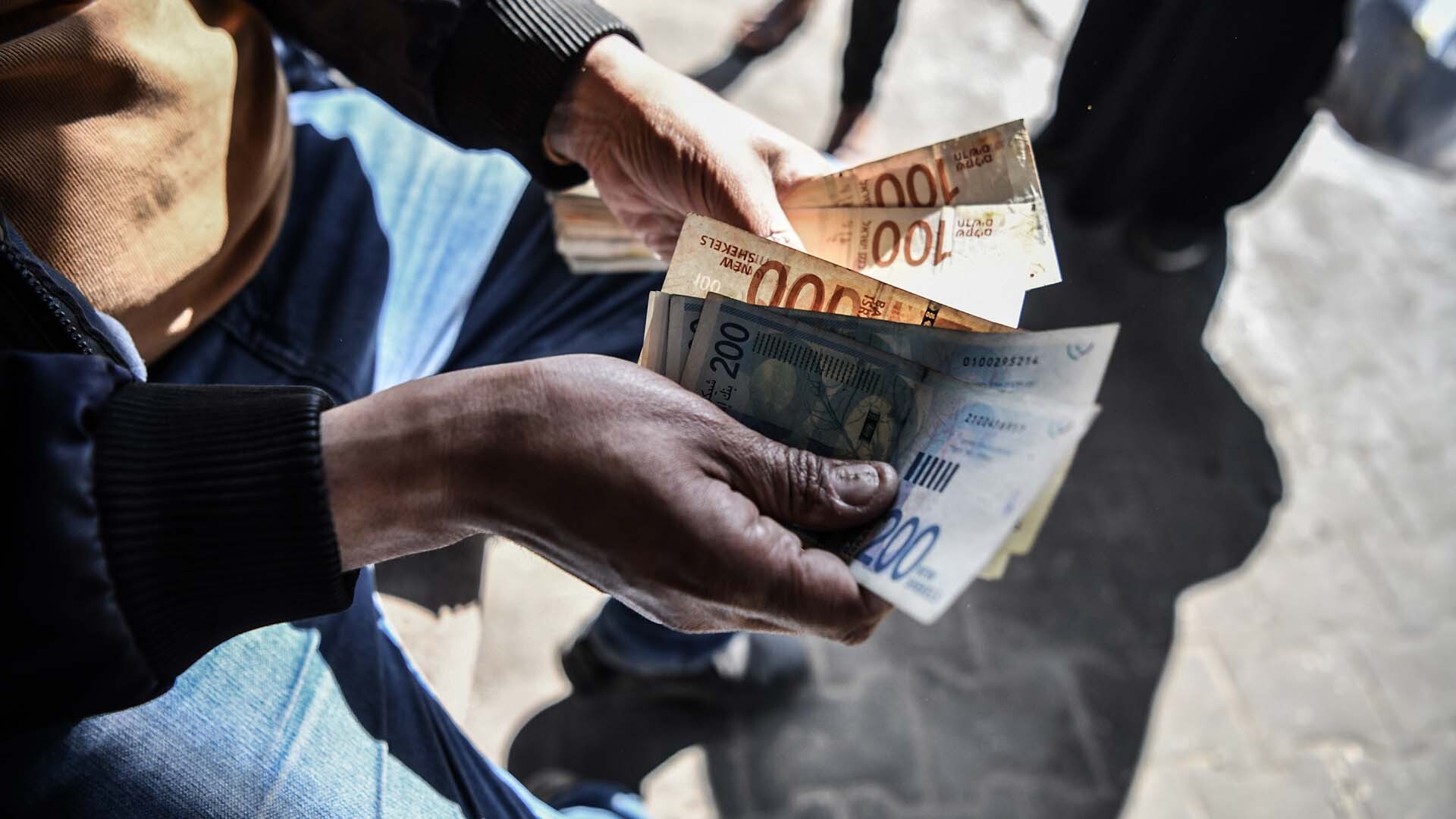Water Stress, a Daily Problem in the Agro-Exporting South of Peru — Global Issues
ICA, Peru, Jul 20 (IPS) – Living without water in a desert area is part of the daily life of Ortensia Tserem, a member of the indigenous Wampis people from the Amazon rainforest of northeastern Peru, who came three years ago to the outskirts of the coastal city of Ica with the dream of better economic opportunities for her family.
However, the scarcity of water is a major hardship. Every week she has to buy water from tanker trucks, which costs about 56 dollars a month, a heavy burden on the family’s small income.
“I have a three-year-old girl and a one-year-old baby boy. The most difficult thing is to make sure we have water for their hygiene, so that they don’t get sick,” she told IPS while showing the plastic drums where she stores water in her shack in the Intercultural settlement of Nuevo Perú on the outskirts of Ica, the capital of the department of the same name.
Like hers, the 150 families who settled in this desert area in the department of Ica, south of Lima, lack water, sewage and electricity services.
The shantytown is part of the area known as Barrio Chino, located at kilometer 163 of the Panamericana Sur, a major highway that runs across the country. It is populated by people from towns in Peru’s Andes highlands and Amazon jungle who are keen to become part of Ica’s agro-export boom.
Agricultural exports, which account for four percent of Peru’s GDP, are one of the factors that have exacerbated the problem of water scarcity in Ica, the sixth smallest of the country’s 24 departments, which had just over one million inhabitants in 2022, according to the National Institute of Statistics and Informatics.
“Since early 2000 in Ica we have been feeling the worsening water shortages due to the lowering of the water table as a result of the drilling of wells, when after the agrarian reform the large landed estates reemerged as a result of agro-exports,” Gustavo Echegaray, an engineer and renowned expert on water resources, told IPS.
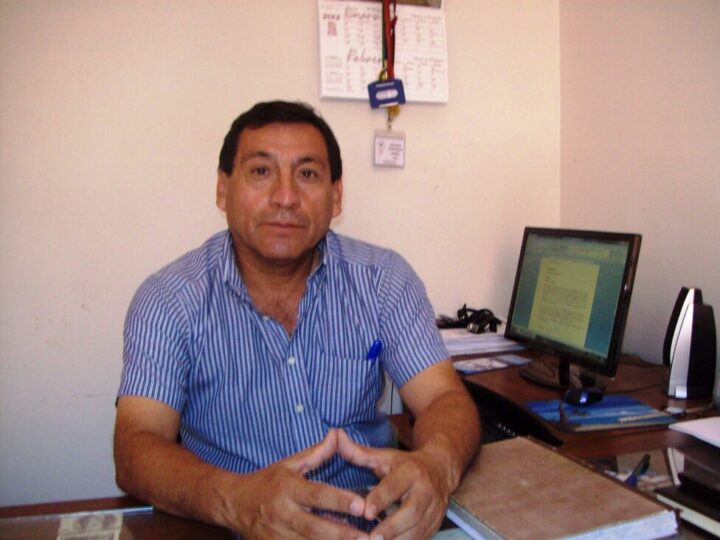
Groundwater is considered the reserve for the future, so good management and sustainable use are imperative, he stressed.
Echegaray, who lives in Santiago, a city in Ica, also experiences daily water rationing. In his neighborhood they receive one hour of piped water a day, with which they fill tanks and containers for household use.
This complication of day-to-day life in the cities is much worse in the impoverished neighborhoods on the outskirts.
The right to water, a distant goal
Tserem, 27, said the right to water, guaranteed in international treaties and in Peru’s constitution, is just an empty promise. “Look at how living without water affects our health, our food, our environment, our peace of mind,” she explained as she gave IPS a tour of her modest wooden house.
The family has a latrine in the backyard, and taking a daily shower is an impossible dream.
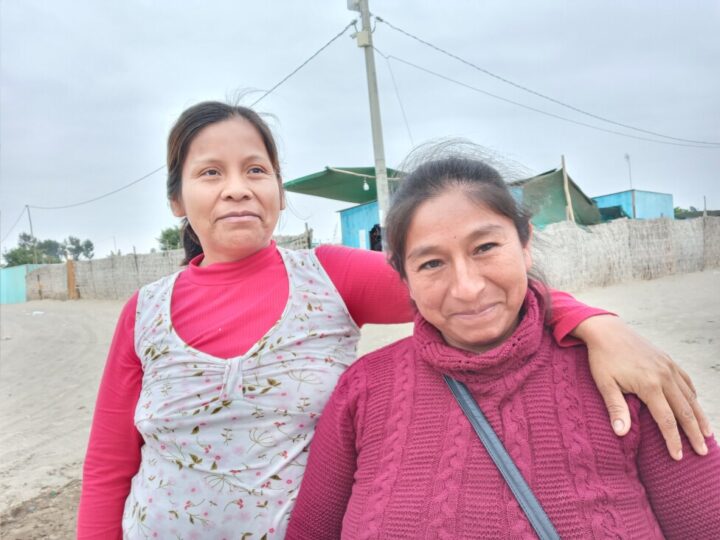
Her partner is a day laborer on one of the large farms dedicated to export crops, whose work varies according to the seasonal labor requirements. “Right now it’s the slow season, there’s no harvest yet; he is helping to prune the tangerine trees, but only for a few hours a day,” she said in a quiet voice.
Fewer hours of work means a reduction in income, making it even more difficult to afford to buy water.
She is also employed during the harvests and at other times of higher demand for labor on the nearby large landed estates, and the rest of the time she spends raising the children and doing household chores.
María Huincho, 39, who moved here from the Andean department of Huancavelica, adjacent to the highlands of Ica, faces a similar situation. She came with her partner and their three young children with the hope of working on one of the farms that grow export crops like blueberries, grapes, tangerines, artichokes or asparagus.
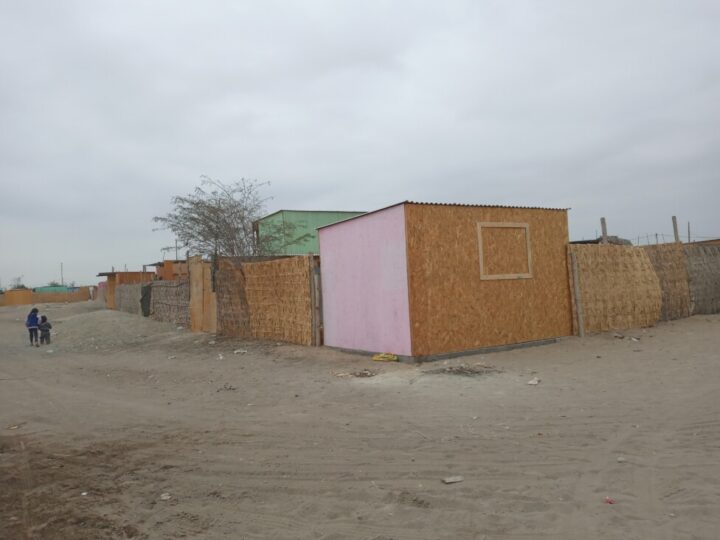
“I’ve been here for three years now and the hardest thing is to go without water. I bathe once a week, more often than that is impossible,” she told IPS. She is Tserem’s neighbor and they help each other in their daily chores. “You can never just sit still doing nothing here,” she said, smiling as she looked around at the large sandy field where the wooden houses have been built.
Ica is known worldwide for the pre-Inca Nazca Lines, ancient geoglyphs in the sand made by the Nazca culture which developed a complex hydraulic system with an extensive network of aqueducts that astonished the world when they were discovered.
Today, water stress is a reality in a large part of the department, one of the hardest hit by the growing water scarcity in this South American country of 33 million people.
Aquifer depletion
According to the United Nations, people require 20 to 50 liters per day of clean, safe water to meet their needs for a healthy life. Peru, despite its great diversity of water sources, has failed to guarantee the populace the right to water.
The National Center for Strategic Planning (Ceplan) has projected that by 2030, 58 percent of the Peruvian population will live in areas affected by water scarcity. Overexploitation is one of the reasons.
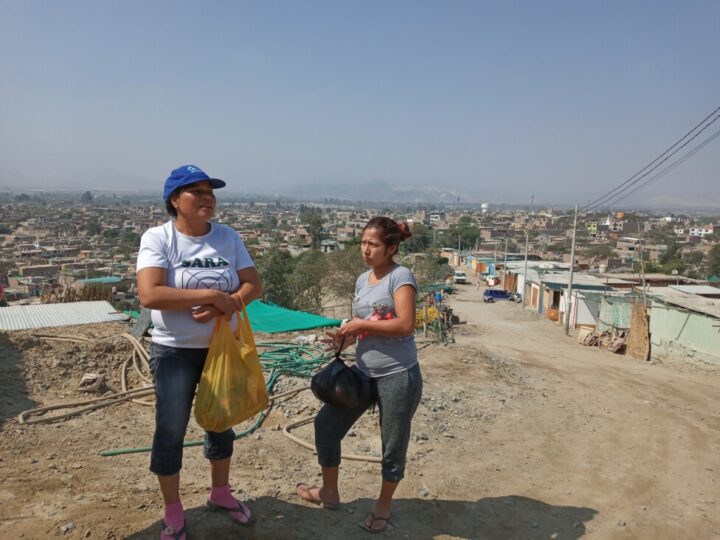
Echegaray, the engineer, told IPS from his hometown that at the end of the 2000s the agricultural frontier in Ica was smaller, but under the authoritarian government of Alberto Fujimori (1990-2000), who changed the country’s economic model to a free market regime, land that was wasteland was allocated for business investment.
“The agricultural frontier has grown a lot on the side of what used to be desert, in the Villacurí pampas (grasslands), which are before the entrance to the city of Ica and also in the lower valley. Due to the irrigation technology that they began to use, a large amount of uncultivated land was made available by drilling new wells, which was done without any controls until 2009,” said the expert.
The result was seen in the decrease of water for small-scale agriculture and for local human consumption, Echegaray said.
“The population of the department of Ica has grown and at the same time the amount of water has decreased. A serious problem has been generated in the lower part of the province (also called Ica) and in general in most of the districts where water is rationed, there are areas where families have access to piped water one or two hours per week or every 15 days,” he said.
He added that due to the overexploitation of the wells, the water table is more fragile and an imbalance is occurring – in other words, the amount of water filtering into the aquifers is less than what is extracted from the wells.
Life is very hard without water
In March 2009, Law 29338 on water resources was approved, which regulates areas where water is protected or where its use is banned.
The bans refer to the “prohibition to carry out water development works; the granting of new permits, authorizations, licenses for water use and discharges.” The National Water Authority (Ana) has already applied this to the aquifers of Ica, Villacurí and Lanchas, all three of which are in the department of Ica.
But despite the ban, reports continue to appear from Ana itself about new wells in the aquifers. “Not all of them are detected,” lamented Echegaray.
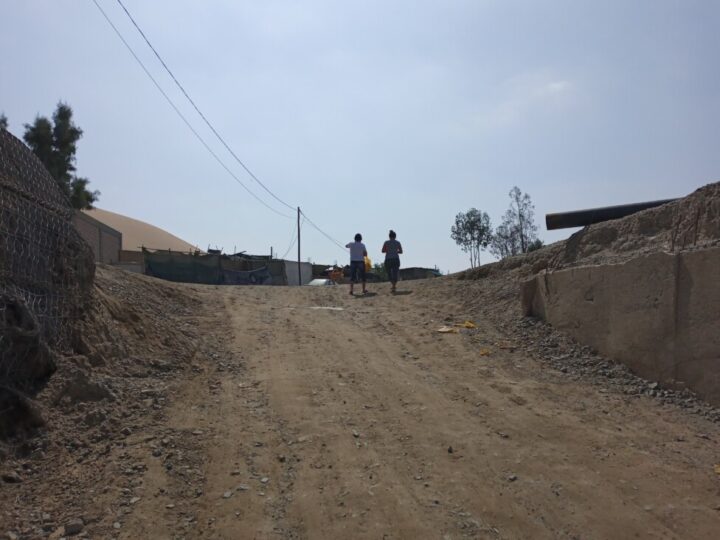
Rosa Huayumbe, 47, was born in the Amazonian city of Iquitos and her friend Alicia Fernández, 30, is from Pisco, a city in Ica. They came to the Dos de Mayo neighborhood in the Ica municipality of Subtanjalla eight years ago, and they have never had piped water in their homes.
This is a poor, desert area, where sand covers the unpaved streets and small houses, most of which are made of wood.
They live in a steep area and must stretch meters of hose so that the tanker truck can deliver water to their homes. They buy three dollars of water a day to cover their basic necessities.
“We work on the large farms,” Huayumbe told IPS. “Right now there is only work for men, which is pruning. We have more time to spend with our children but no money and it’s an even bigger problem to buy water.”
“The worst thing is not having water,” said Fernández. “You get used to the sun, to the wind… but without water and sanitation it is very difficult. We don’t leave because we have nowhere else to go: We just hope that the authorities will make good on what they promised us as candidates: to bring us drinking water,” she added during a pause climbing the steep dirt road back to their homes.
Echegaray said that if something is not done, Ica will run out of water and collapse. He called for studies to determine the water imbalance, which is estimated to be between 38 and 90 million cubic meters per year. “The difference is too big,” he said.
.
He also proposed putting into operation some natural dams and increasing experiments in planting and harvesting water that revive ancestral techniques to restore the aquifers.
© Inter Press Service (2023) — All Rights ReservedOriginal source: Inter Press Service
Check out our Latest News and Follow us at Facebook
Original Source




